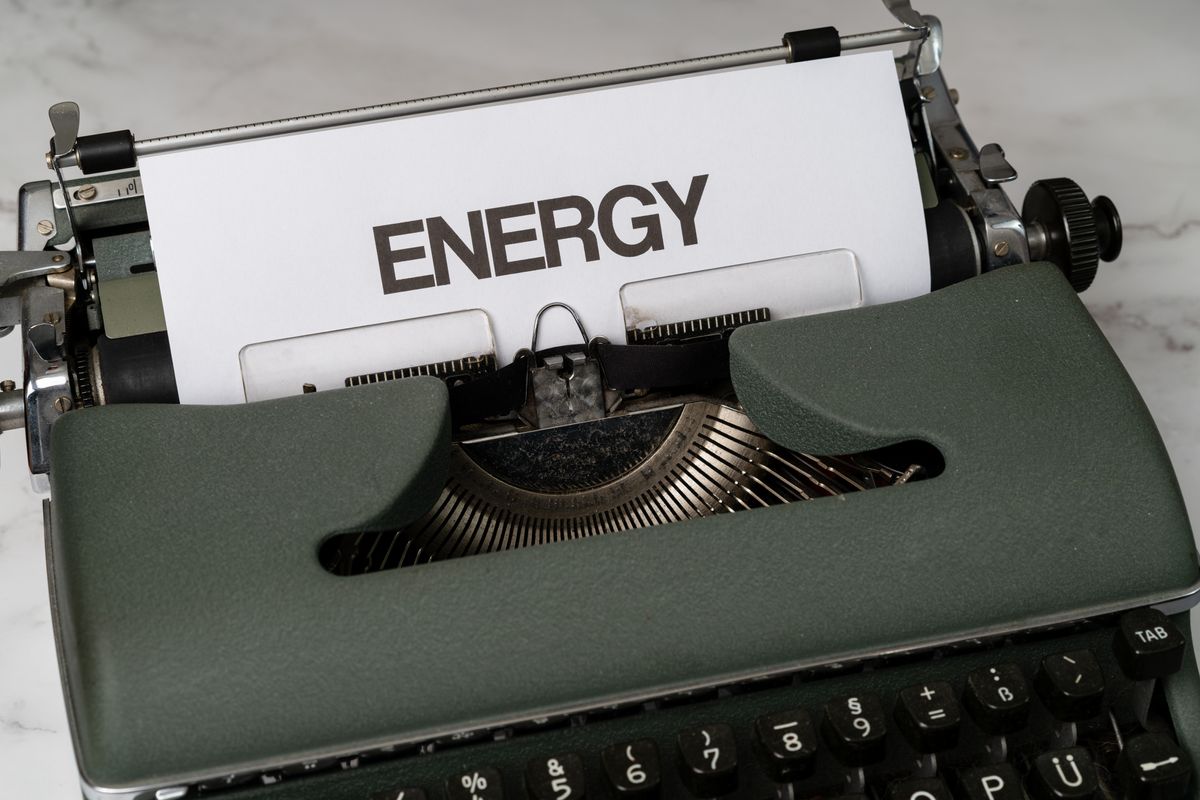Nuclear fusion breakthrough could mean a lot for the future of energy
On July 30, scientists were able to create a fusion ignition again for the second time.

A few minutes every morning is all you need.
Stay up to date on the world's Headlines and Human Stories. It's fun, it's factual, it's fluff-free.
The backstory: There are a lot of different green energy sources in the world – from water to wind to solar and nuclear, but the world still largely runs on fossil fuels. So, scientists are always looking for new ways to get energy without contributing to climate change. That’s where nuclear fusion comes in.
Here’s how it works – fusion is a nuclear reaction where two atoms are smushed together to create a new atom with less total mass. That extra mass has to go somewhere, so it’s transformed into energy. This is what Einstein’s equation of E = mc2 refers to. Even just converting a small amount of mass through this process creates a ton of energy. Think about it – fusion reactions are what power stars. And for decades, scientists have been trying to figure out how to create a fusion reaction and harness more energy than they use up compressing the atoms together. It’s called achieving “fusion ignition” when this reaction gives more energy than is being put into it from an outside source, making the process self-sustaining.
More recently: Last December, scientists in California pulled off fusion ignition for the first time – essentially confirming that there’s something to this whole fusion energy idea. The actual fusion process that they’re using involves shooting the world’s most powerful laser at a little diamond capsule filled with hydrogen, which condenses the element and triggers the reaction. Since their first success, the same team of scientists in the National Ignition Facility at The Lawrence Livermore National Laboratory has been trying to replicate the fusion ignition without success.
The development: On July 30, the team was able to create a fusion ignition again for the second time via this laser process. The final results are still being analyzed, but it looks like the energy yield from this ignition is even higher than the one reached last year.
Could fusion be the future of green energy? Well, we’re only just beginning to figure out what actually works when it comes to fusion ignition, so it could be years or decades before we have a steadier output of successful results. Still, there’s a lot of potential here for a safe, clean, self-sustaining power source, which would help humans become carbon neutral soon-ish.
Key comments:
"Since demonstrating fusion ignition for the first time at the National Ignition Facility in December 2022, we have continued to perform experiments to study this exciting new scientific regime," Paul Rhien, a spokesperson for the laboratory, shared with the Financial Times.
“We’ve done the science. Now [we] have to start investing in the things that will put energy on the grid," Lance Snead, a professor at Stony Brook University who focuses on radiation materials science, said last year.
“This is such a wonderful example of a possibility realized, a scientific milestone achieved, and a road ahead to the possibilities for clean energy,” said Arati Prabhakar, the White House science adviser.




Comments ()